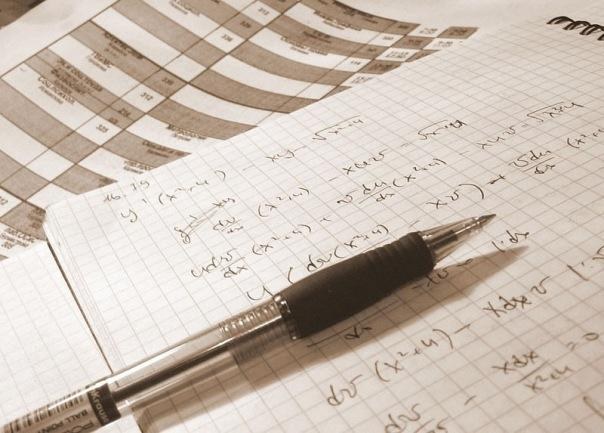Instruction
1
The derivative of some function at each point has a certain value. Thus, when differentiation is obtained, a new feature that can also be differentiable. In this case, its derivative is called the second derivative of the original function and denoted F’(x).
2
The first derivative is called the limit of the increment function to increment of argument, i.e.:F’(x) = lim (F(x) – F(x_0))/(x – x_0) when x → 0.The second derivative of the original function is the derivative function F’(x) at the same point x_0, namely:F’ (x) = lim (F’(x) – F’(x_0))/(x – x_0).
3
To find the second derivatives of complex functions that are difficult to define in the usual way, apply methods of numerical differentiation. Thus used to calculate the approximate formulas:F’(x) = (F(x + h) – 2*F(x) + F(x - h))/h^2 + α(h^2)F’(x) = (-F(x + 2*h) + 16*F(x + h) – 30*F(x) + 16*F(x - h) – F(x – 2*h))/(12*h^2) + α(h^2).
4
The basis of methods of numerical differentiation is the approximation of the interpolation polynomial. The formulas are obtained by double differentiation of the interpolation polynomials of Newton and Stirling.
5
The parameter h is the step of the approximation, adopted for calculations, and α(h^2) is the approximation error. Similarly, α(h) for the first derivative, this infinitesimal is inversely proportional to h^2. Accordingly, it is the greater, the smaller the step length. Therefore, to minimize errors it is important to choose the optimal value of h.The choice of optimal values of h is called the regularization step. Thus believe that there is such a value of h that is true:|F(x + h) – F(x)| > ε, where ε is some small value.
6
There is another algorithm to minimize the error of approximation. He is to select several points of the domain of values of the function F near the starting point x_0. Calculate the values of the function at these points which the regression line, which is a smoothing of F on a small interval.
7
The obtained values of the function F represent the partial sum of the Taylor series:G(x) = F(x) + R, where G(x) is a smooth function, the approximation error of R. After double differentiation we get:G’(x) = F’(x) + R’, where R’ = G’(x) – F’(x).The value of R’ as a deviation of the approximate values of a function from its true value and is the minimum approximation error.
